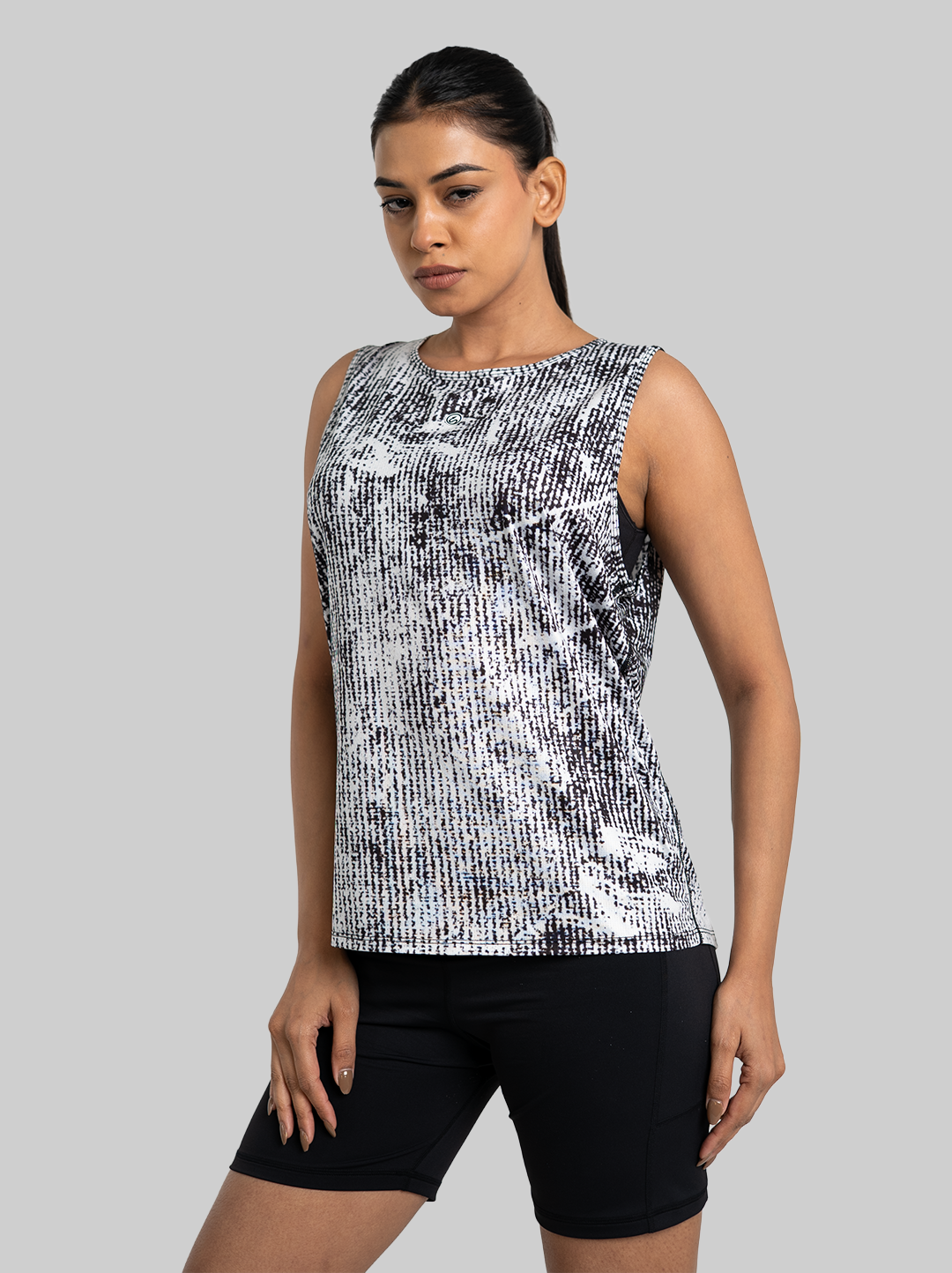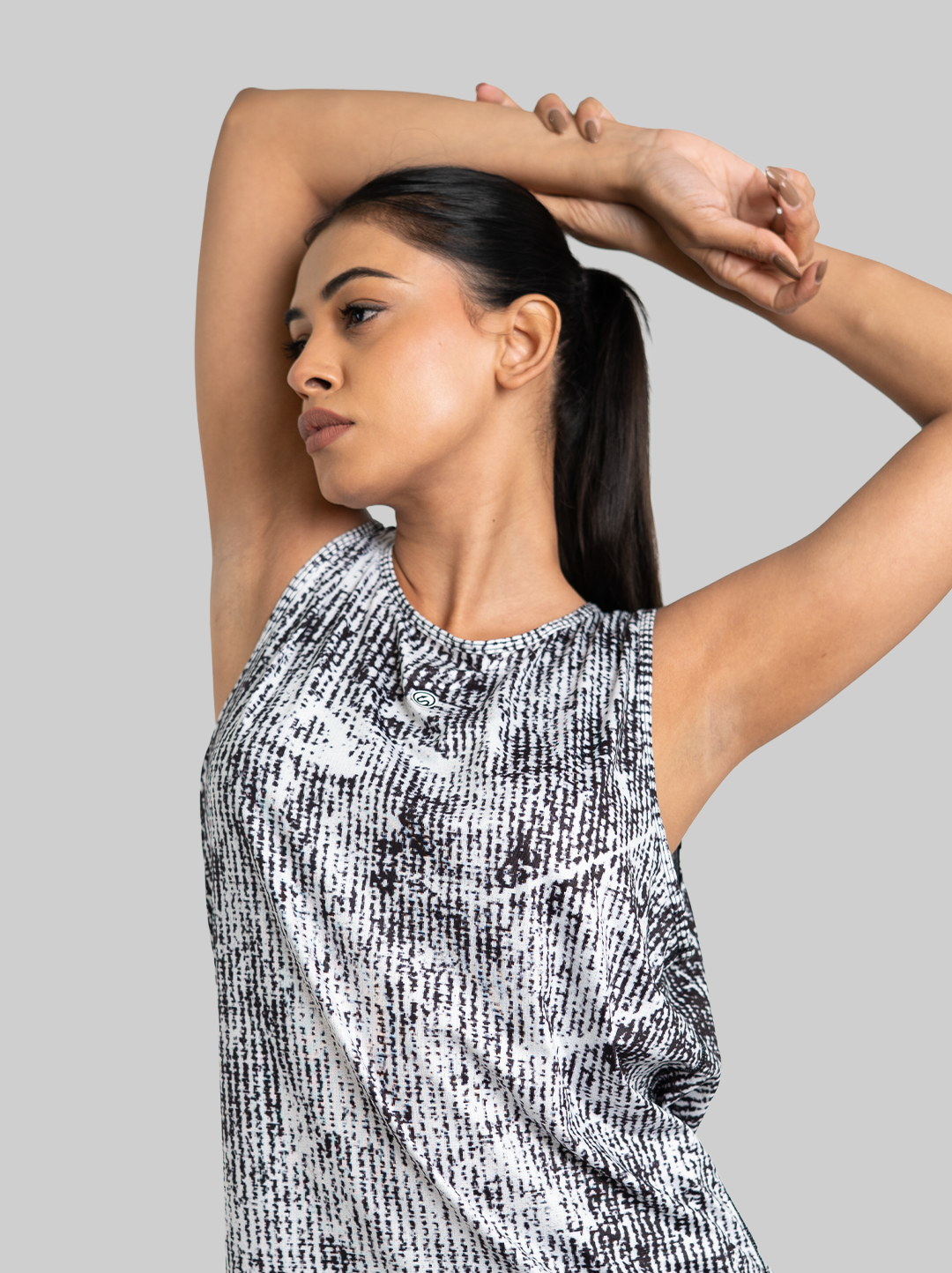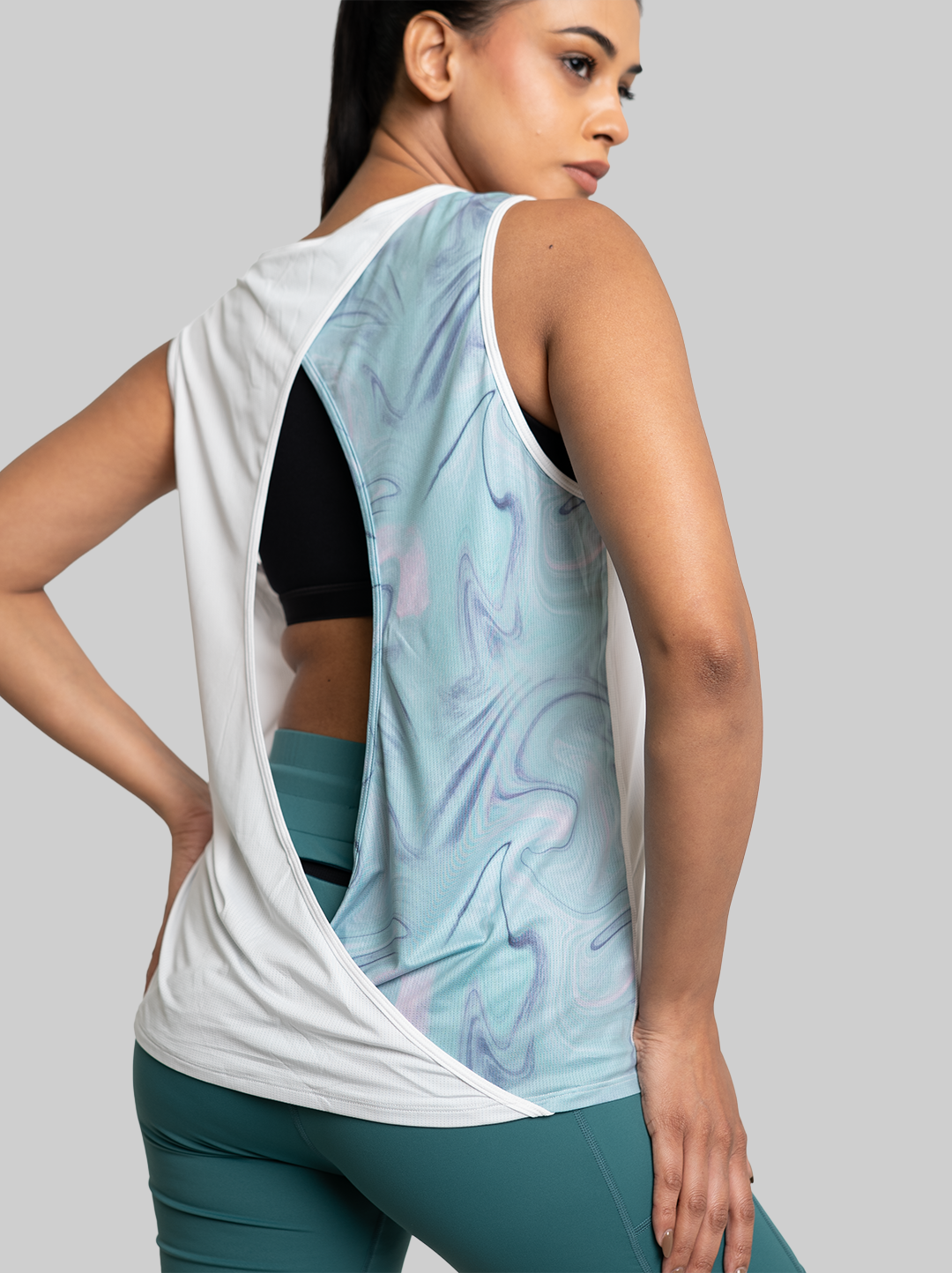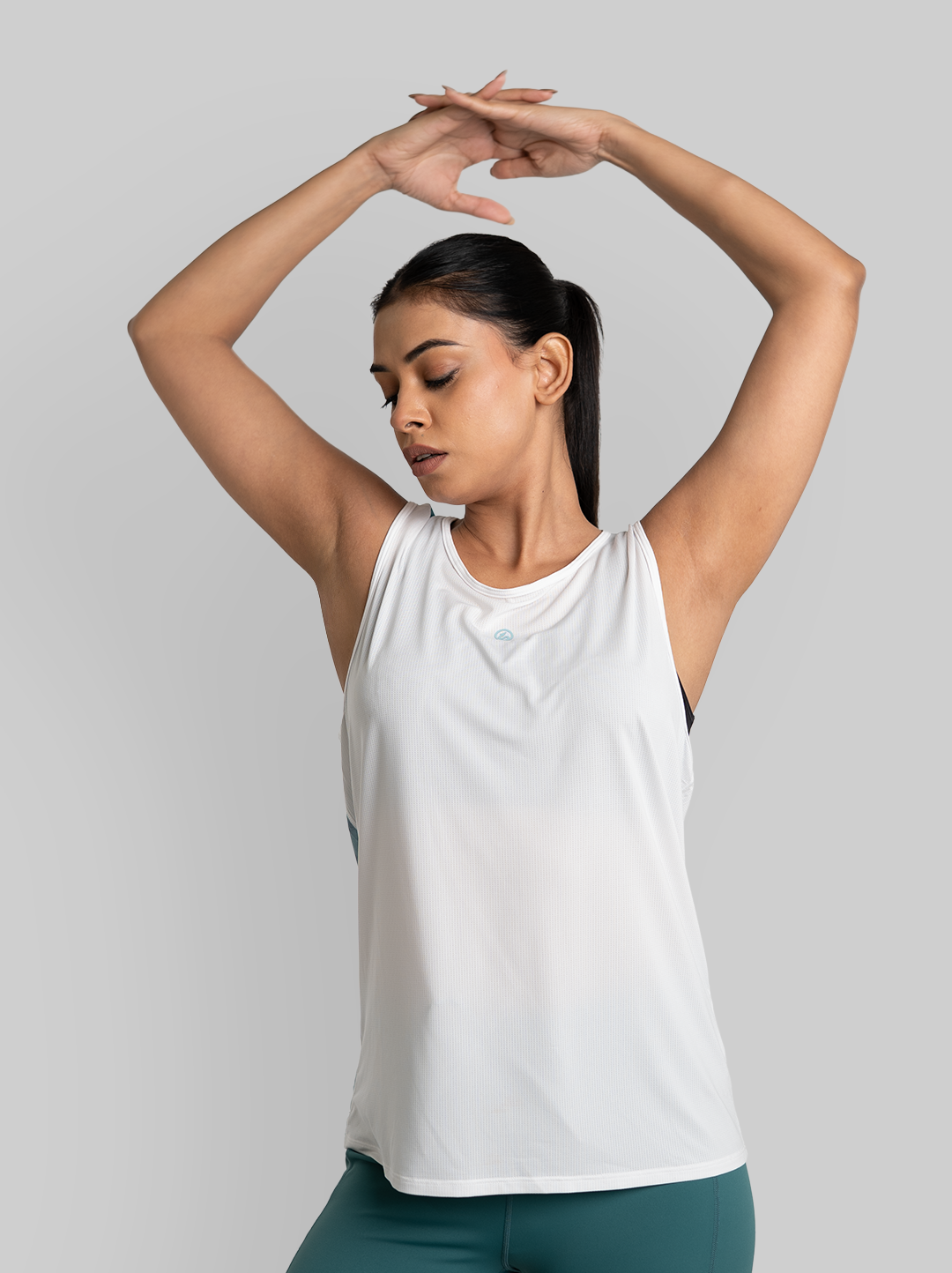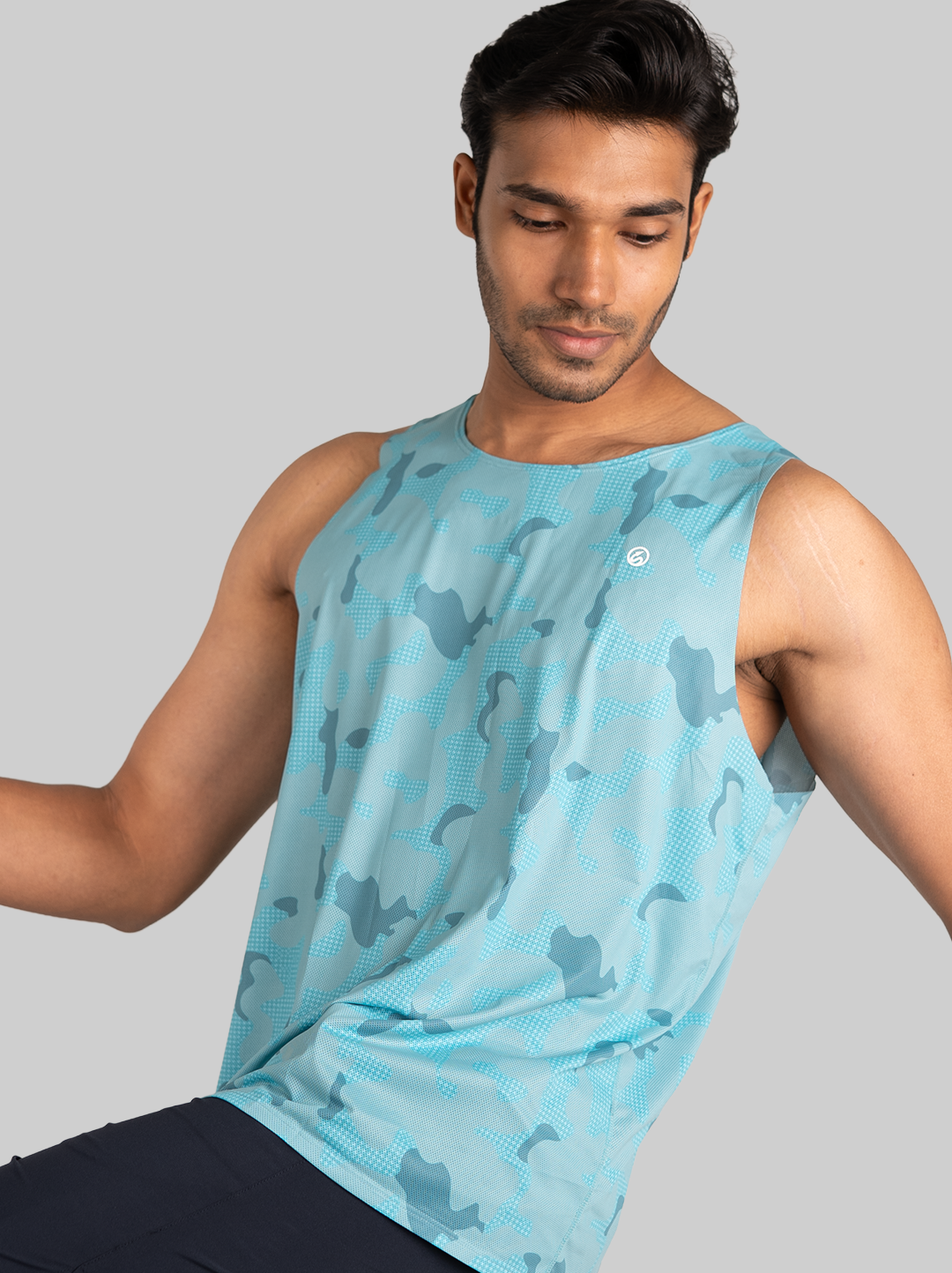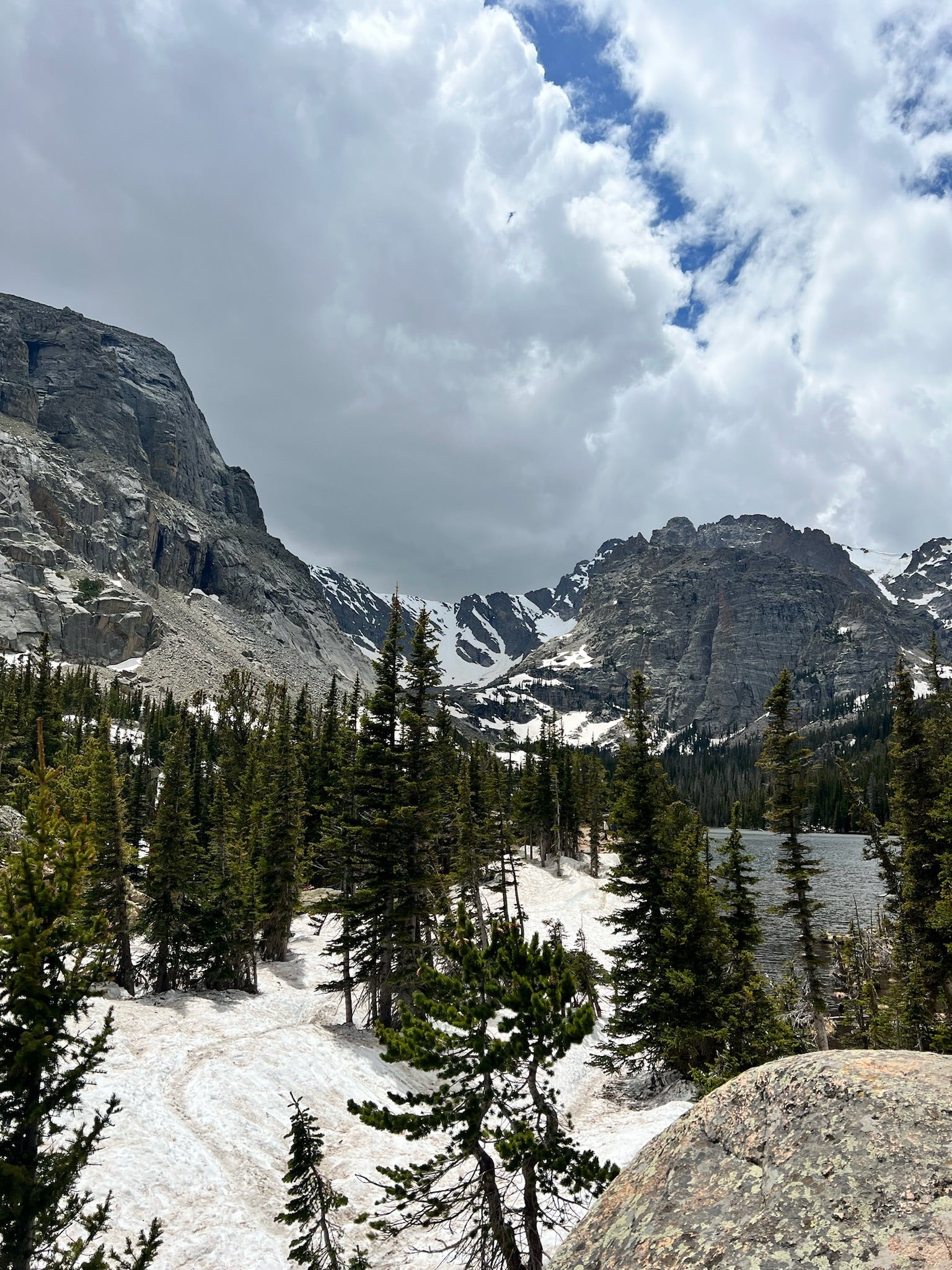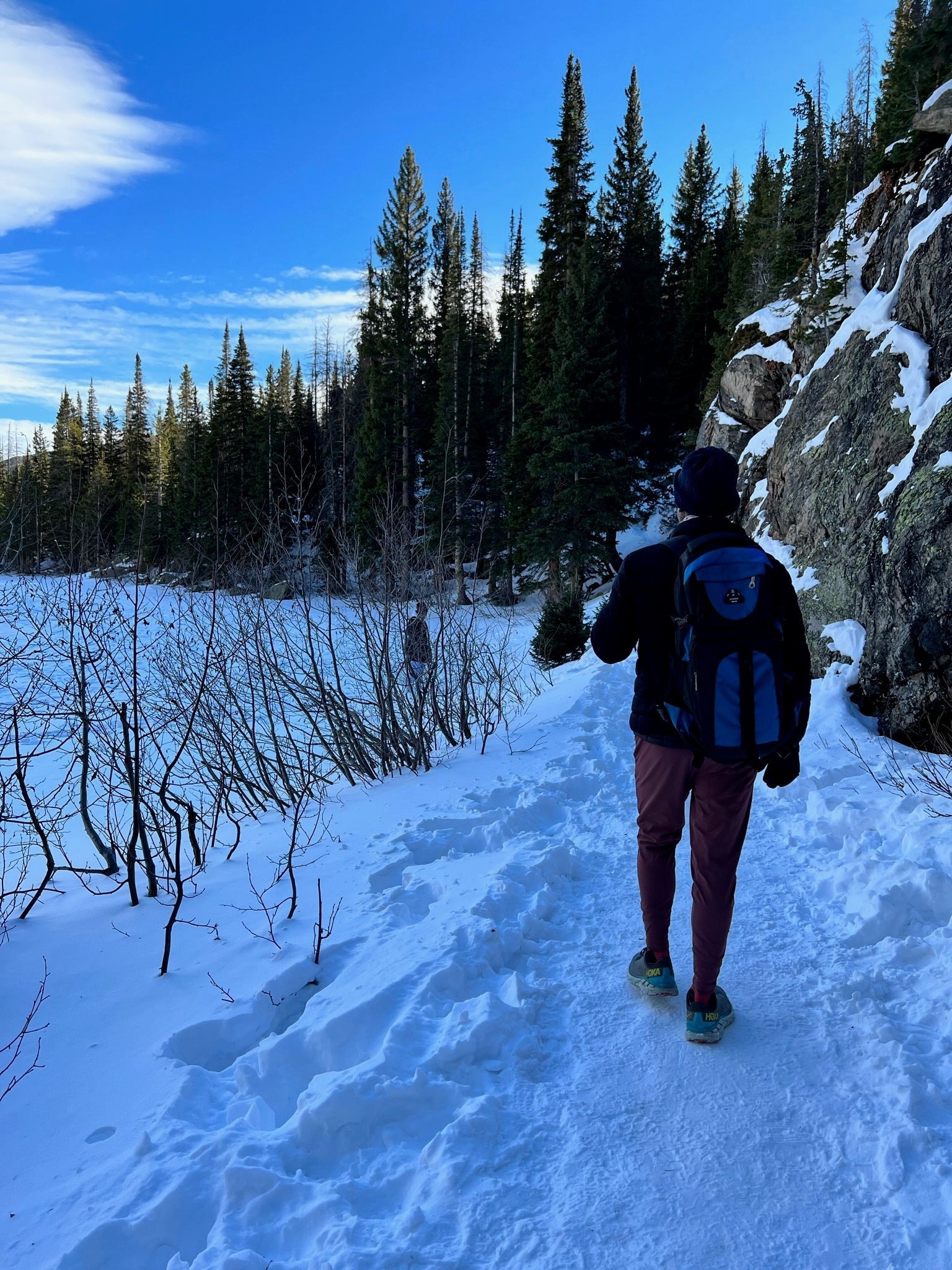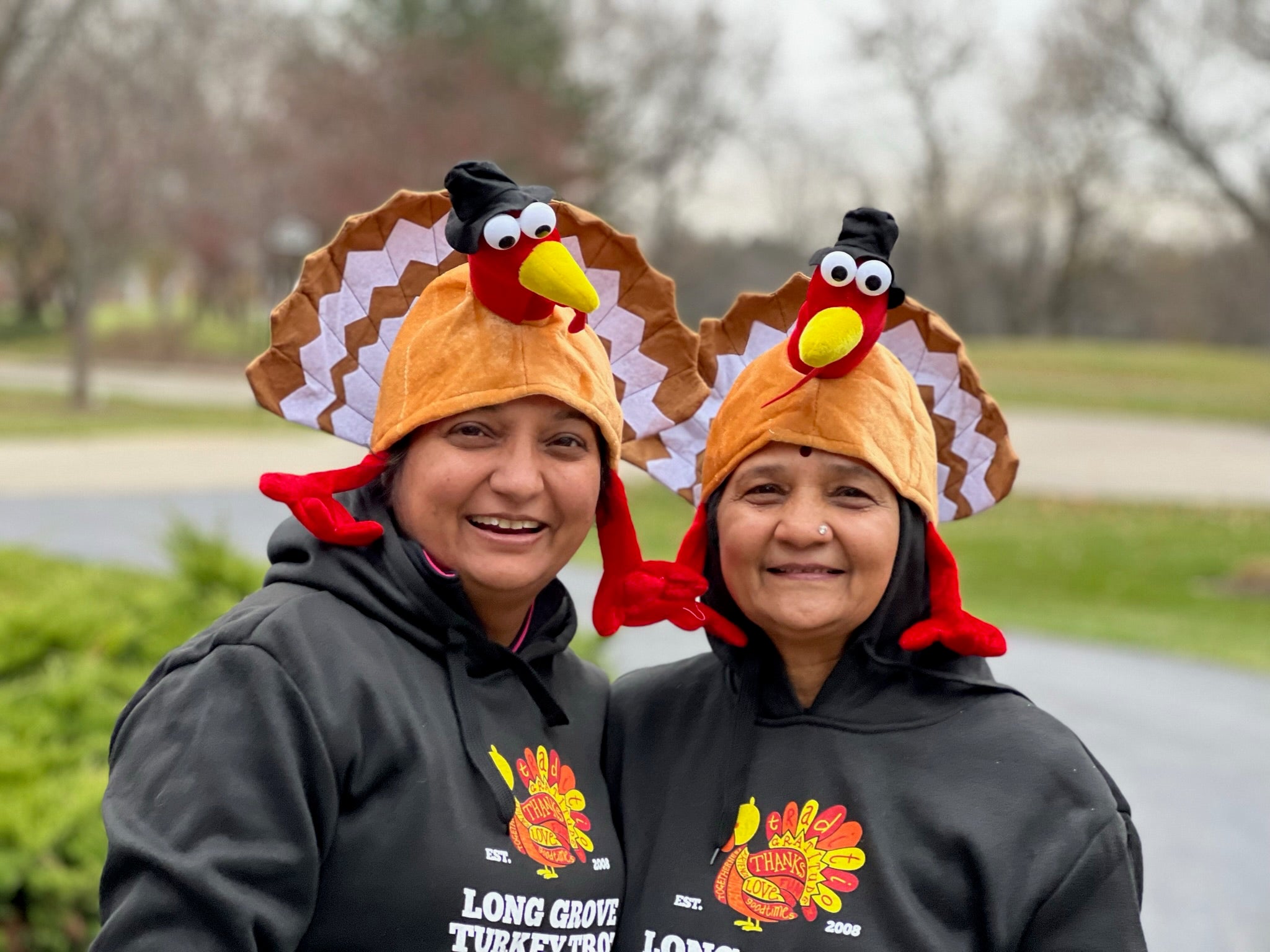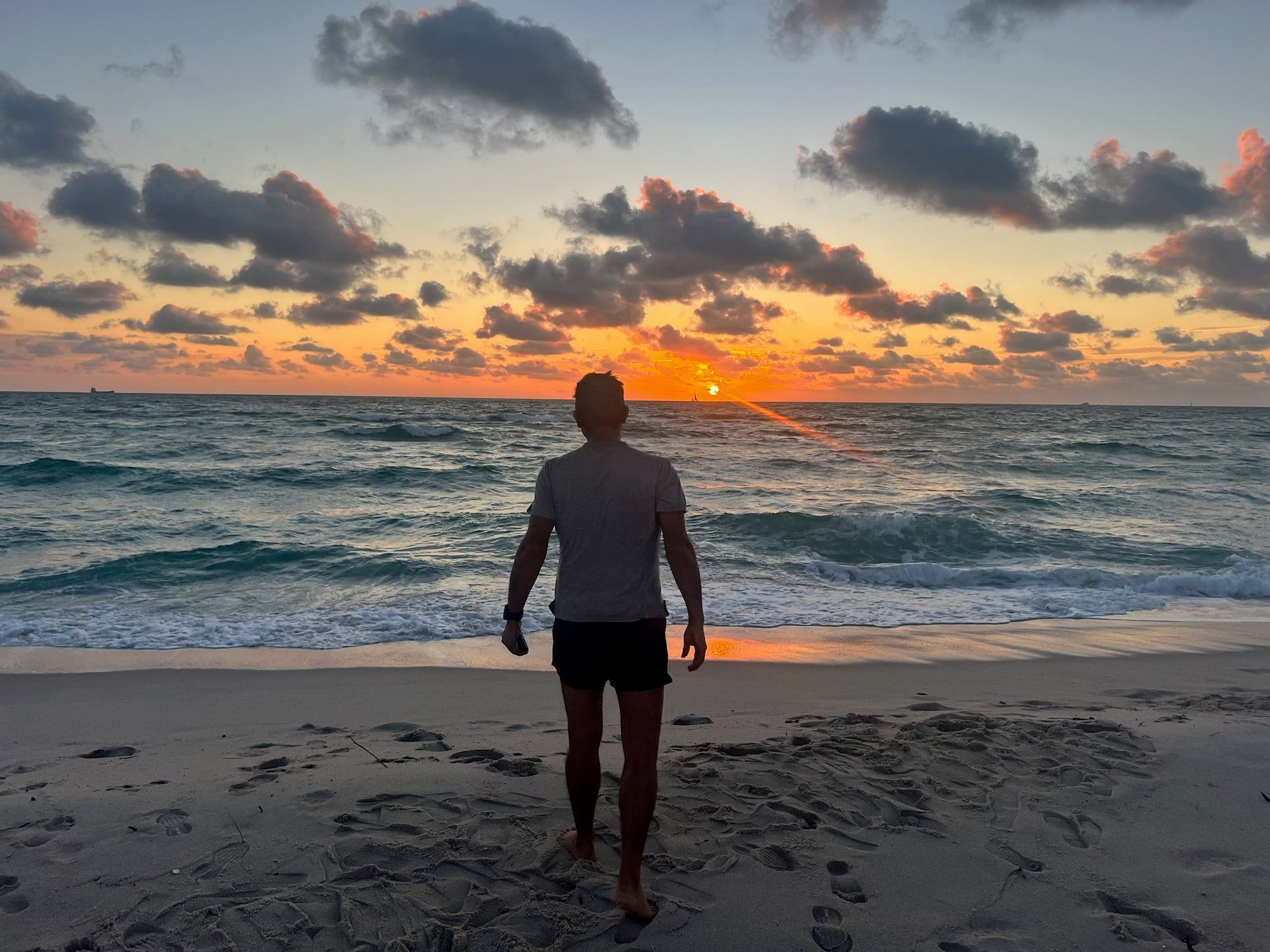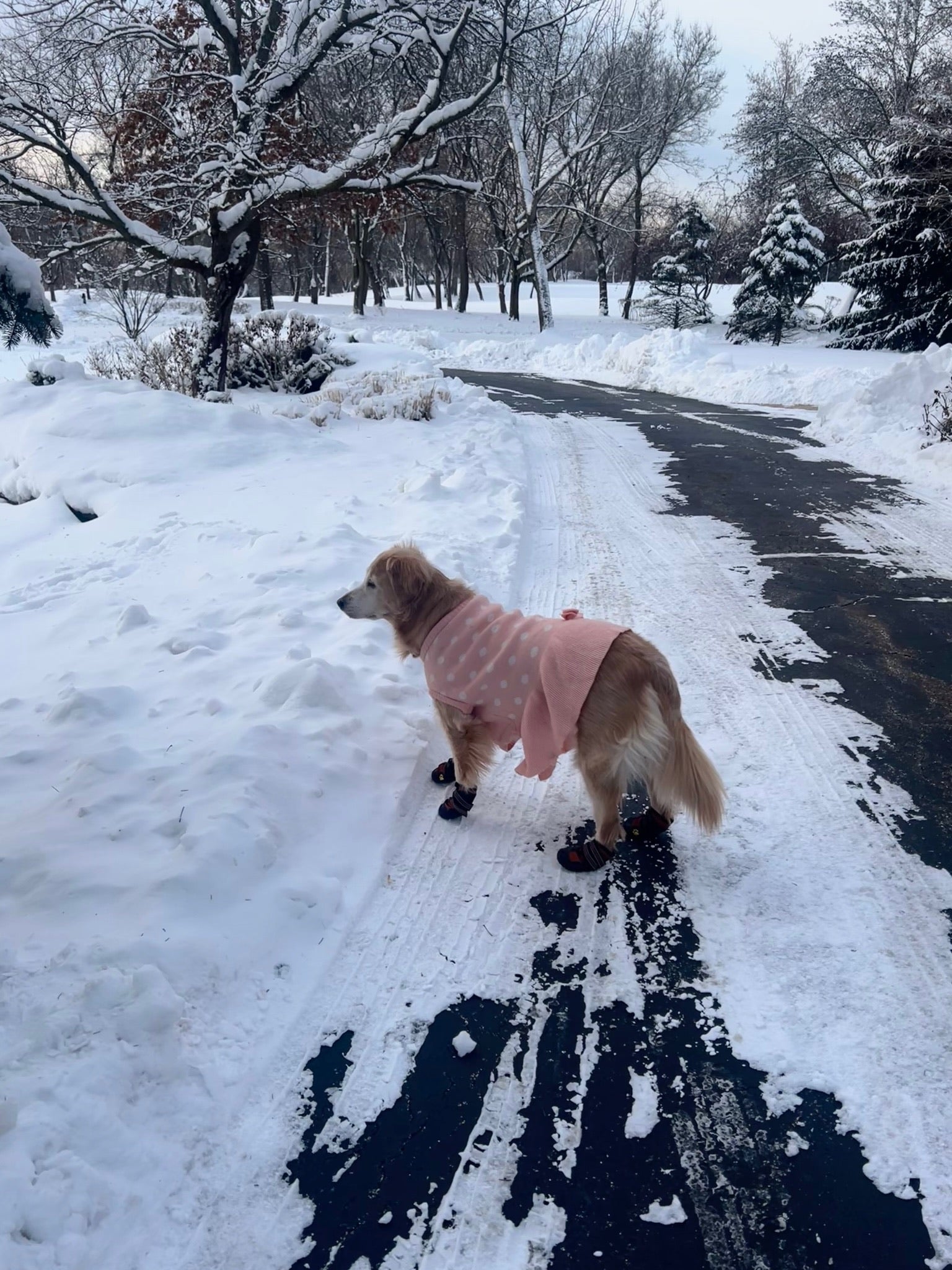
What to wear?
Dressing for the finish line is not a light decision. The clothes you wear can have an enormous impact on your performance leading to clothing decisions becoming quite technical. Here is a list of factors that will help you with your decision of what to wear for your next run, whether it is a training run or for race day!
1. Distance Matters
The type of run you are doing influences what you wear.
· Short Training Runs:
Lightweight, breathable clothing is key. A simple T-shirt and running shorts with moisture-wicking properties will suffice.
· Long Runs or Marathons:
Prioritize comfort and functionality. Look for sweat-wicking tops, chafe-resistant bottoms, and socks designed to prevent blisters. Also consider gear with pockets for nutrition and hydration to keep your energy up through the run.
2. Weather
Whether you are about to go for four miles in the snow slicked streets of Chicago or the sweaty suburbs of Singapore, weather is going to have an impact on the clothing decisions you make.
· Cold Weather:
i. Dress in layers to trap heat. Start with a moisture-wicking base layer, add an insulating mid-layer, and finish with a lightweight, wind-resistant jacket.
ii. Accessories like gloves, headbands, or hats are essential for keeping extremities warm
iii. Consider throwaway clothes to stay warm before a race starts—old sweatshirts from your closet clean-out or thrift store finds work perfectly.
· Hot and Humid Weather:
i. Choose light, breathable, and sweat-wicking fabrics to keep you cool.
ii. Tops with perforations or mesh panels allow for better airflow.
iii. Do not forget sunglasses, sunscreen, and a lightweight hat or visor to protect against the sun.
· Rainy Days:
i. A waterproof or water-resistant jacket is your best friend. Look for one that is breathable to avoid overheating.
ii. Wear a brimmed hat to keep rain out of your eyes.
· Windy Conditions:
i. A waterproof or water-resistant jacket is your best friend. Look for one that is breathable to avoid overheating.
3. Details
Sometimes, the trivial things make the biggest difference. Here are some details to consider:
· Pockets:
Do you need to carry your phone, keys, gels, or hydration? Choose clothing with enough secure storage.
· Reflective Strips:
If you are running in low-light conditions, prioritize safety with reflective or high-visibility gear.
· Chafing Prevention:
Invest in clothing with flat seams or anti-chafing designs. For longer runs, apply anti-chafing balm or use compression shorts.
· Socks:
Avoid cotton socks, as they trap moisture and increase the risk of blisters. Opt for synthetic or wool socks designed for running.
4. Dressing for Race Day
Race day requires extra consideration to balance comfort, performance, and a touch of style (if you are so inclined):
· Wear clothing you have already worn and tested on training runs to avoid surprises like chafing or discomfort.
· Plan for layers you can shed mid-race if the weather changes.
5. Post-Run Planning
What happens after your run is just as important. Consider:
· Extra Layers:
If it is cold, have a jacket or hoodie ready to throw on once you finish.
· Change of Clothes:
Bring a fresh outfit if you are stopping somewhere after your run. It will save you (and those around you) from the post-run odor.
· Showers or Cleanup:
If showering is not an option, keep wipes and deodorant on hand to freshen up.
6. Trial and Error are Key
Making the perfect clothing decisions for running might seem overwhelming at first, but it gets easier with experience. Each run is an opportunity to learn what works best for you and what does not. Over time, you will master the art of dressing for success, ensuring that every run, whether it is a casual jog or a marathon, is as comfortable and enjoyable as possible.




